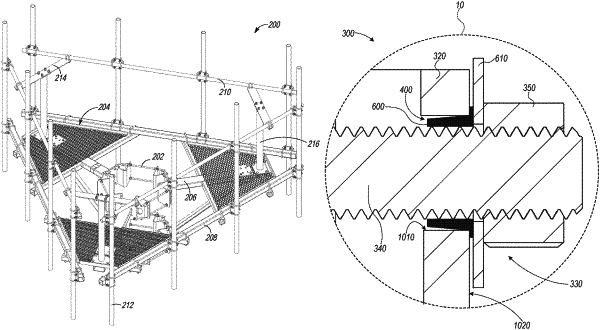| CPC H01Q 1/1242 (2013.01) [F16F 1/3835 (2013.01); H01Q 1/1207 (2013.01)] | 21 Claims |

|
1. A passive-intermodulation-mitigating mounting assembly for a utility or communications fixture, the mounting assembly comprising:
a first bracket having a first bracket wall defining a first through hole and a first bracket face proximate the first bracket wall, the first bracket including a mounting plate extending from the first bracket, wherein the mounting plate is configured to support an antenna or a radio and the first bracket is electrically-conductive;
a second bracket having a second bracket wall defining a second through hole and a second bracket face proximate the second bracket wall, wherein the second bracket is electrically-conductive;
a fastener configured to extend through the first through hole and the second through hole to couple the first bracket with the second bracket to attach the mounting assembly to the fixture, wherein the fastener is electrically-conductive; and
a dielectric first ring configured for alignment with the first through hole or the second through hole to help physically and electrically isolate the electrically-conductive fastener from the first bracket wall and the first bracket face of the electrically-conductive first bracket or the second bracket wall and the second bracket face of the electrically-conductive second bracket such that dielectric isolation provided by the dielectric first ring helps inhibit the passive intermodulation of the mounting assembly by interrupting electrical conductivity from the fastener to the electrically-conductive first bracket or the electrically-conductive second bracket through which the fastener extends, in a physically and electrically isolated manner via the dielectric first ring, through at least one of the first through hole or the second through hole.
|